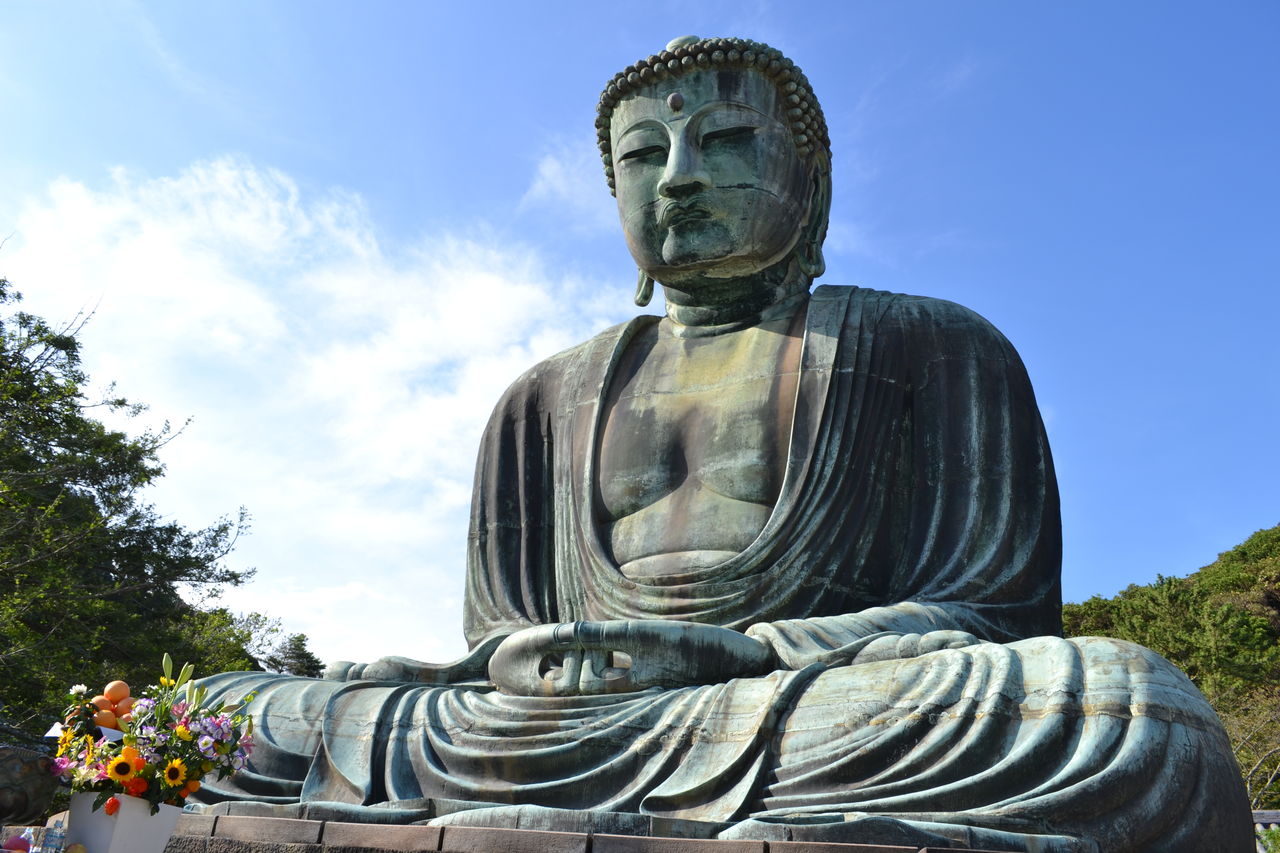Diverse Kanagawa Prefecture (神奈川県) in Kansai Region, consists of 19 cities including its capital Yokohama (横浜), Kamakura (鎌倉) – one of Japan’s two blue-flag beaches and hot-spring paradise Hakone (箱根).
As Tokyo’s southern neighbour, Kanagawa has become a popular location for commuters and holiday-makers alike, its wide range of terrains and cities makes it a fascinating prefecture to explore!
Yokohama (横浜)
Yokohama-shi is the capital of Kanagawa-ken, and with 4 million inhabitants it may only have a third of Tokyo City’s population, but it certainly doesn’t have one third of the energy! Yokohama thrives in its own right. It became Japan’s first foreign trade harbour when it was opened in 1859 and it remains as one of the country’s major ports.
One of Yokohama’s symbols is the birds-eye view across “The Harbour of the Future” (みなとみらい) by night which consists of the Cosmo Ferris Wheel, the Landmark Tower and Queen’s square. みなとみらい has become a popular entertainment area for couples and families with attractions such as The Anpanman Children Museum, Yokohama Cosmo World and The Yokohama Museum of Art.
Not so far away from Minato Mirai is Japan’s largest China Town (横浜中華街) which has more Chinese-style food and gift options than you could ever need. A fantastic time to visit is at Chinese New Year when performers dressed as Chinese lions and dragons, equipped with drums and firecrackers, bless local businesses for the year ahead. If you can make your way through the crowds, you can experience the best of the ceremony first-hand.
On the outskirts of the city is Sankeien Garden (三溪園) a vast Japanese garden created by Sankei Hara, a silk businessman from Yokohama, in 1902. With 175,000 square meters, 17 unique buildings and various view points, Sankeien Garden is one of my personal favourites.
Kamakura (鎌倉)

Only one hour from Tokyo by JR Line, the charming sandy beach town of Kamakura is an obvious day-trip choice for city dwellers. Often coined “The Kyoto of Eastern Japan”, it has numerous Shinto Shrines and Buddhist Temples all of which are accessible by foot.
Two of the most popular religious sites are the Great Buddha of Kamakura (鎌倉大仏) and Tsurugaoka Hachimangu (鶴岡八幡宮) which are 30 minutes walk from each other.
Created around 700 years ago, Kamakura’s Great Buddha is one of Japan’s icons. The statue is cast bronze, stands at 13.35 meters tall, weighs 93 tonnes and is dedicated to Amida Buddha – one of the Five Wisdom Buddhas. Although the temple area is relatively small, it is worth taking your time here to appreciate the Buddha in all its glory.
Easily distinguished by its grand torii gate outside, Tsurugaoka Hachimangu is dedicated to Emperor Ojin who has been deified as Hachiman, making it Kamakura’s most significant shrine.
Hakone (箱根)

Hakone lies in the south-west of Kanagawa prefecture as part of the Fuji-Hakone-Izu National Park. A large part of its charm comes from the view across Lake Ashinoko (芦ノ湖), towards the torii gate of Hakone Jinja (箱根神社) and illustrious Mount Fuji (富士山). Being only two hours from Tokyo, it is frequently visited by those looking for a dose of nature, or onsen lovers!
The eruption of Mount Hakone 3,000 years ago produced both Lake Ashinoko and a volcanic valley known today as Owakudani (大涌谷). At Owakudani you can experience the benefits of Mount Hakone in the form of sulfuruous hot springs and kuro-tamago – eggs have turned black after being cooked in the hot spring water – said to increase longevity.
If you are interested in studying Japanese in Tokyo, find out more about our school by filling out the form below.
[contact-form-7 id=”12634″ title=”Inquiry Form_copy”]